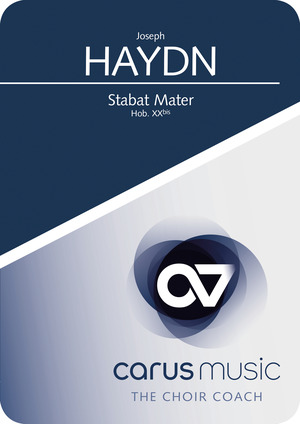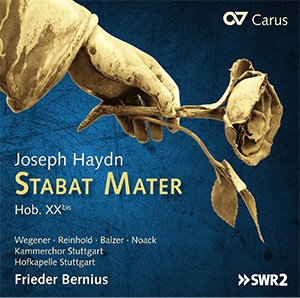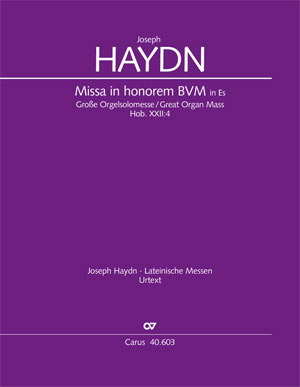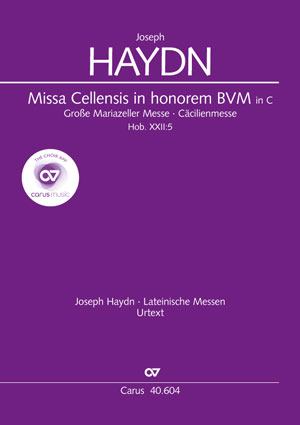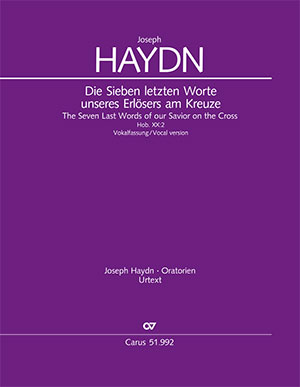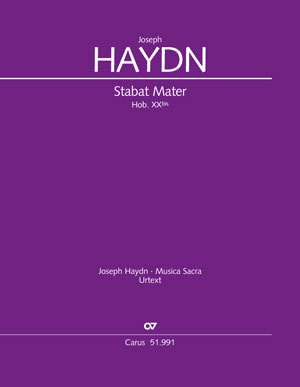
Le Stabat Mater écrit en 1767 est la première œuvre sacrée de Joseph Haydn composée après son entrée au service du prince Esterházy à Eisenstadt. Elle connaît très vite une diffusion plus large qu’aucune autre de ses œuvres sacrées et explique la réputation de leader parmi les compositeurs de musique vocale de son époque de Haydn. La présente édition se fonde sur trois copies originales des parties, qui, en raison de leur date et de la conservation fiable du texte musical, peuvent prétendre à une similitude particulière avec l’autographe perdu. Cette grande et émouvante mise en musique du Stabat Mater est ainsi republiée dans une édition scientifique moderne. L’ensemble du matériel d’exécution est disponible à la vente.
Acheter
Informations complémentaires sur l'œuvre
Sommaire
-
Compositeur
Joseph Haydn
| 1732-1809As Kapellmeister to Prince Esterházy, Haydn composed numerous instrumental works and various operas, as well as making important contributions to the genre of church music, including fourteen Latin masses, of which only twelve are authentic or complete; these are complemented by motets and offertories, two important Te Deum settings, two Salve Reginas, a Stabat Mater, and the different versions of the Sieben Worte des Erlösers am Kreuze. The masses were composed continually between 1749 and 1802, except for the years 1783–1795, and therefore constitute the genre with which Haydn was occupied over the longest period of time. The six (authentic or complete) masses composed before 1782 are stylistically very different, and as well as short Missae breves there are more extended masses with rich orchestral scoring; by contrast the six so-called late masses, written from 1796 onwards, form a comparatively homogeneous group of more extensive works scored for large forces. With his two great oratorios Die Schöpfung (The Creation) (1798) and Die Jahreszeiten (The Seasons) (1801) Haydn established the tradition of the German oratorio for middle-class music making. Plus d'information sur la personne
-
Éditeur
Clemens Harasim
| 1974
Critiques
... Damit wird diese große, berührende Stabat-Mater-Vertonung in einer modernen Wissenschaftlichen Ausgabe neu erschlossen.
Kirchenmusikalische Mitteilungen der Diözese Rottenburg-Stuttgart, April 2018
Questions fréquentes sur l'œuvre
 Il n'y a pas encore de questions et réponses concernant cette œuvre ou vous n'avez pas trouvé la réponse à votre question sur l'œuvre ? Cliquez ici et envoyez votre question spécifique à notre service clients.
Il n'y a pas encore de questions et réponses concernant cette œuvre ou vous n'avez pas trouvé la réponse à votre question sur l'œuvre ? Cliquez ici et envoyez votre question spécifique à notre service clients.


